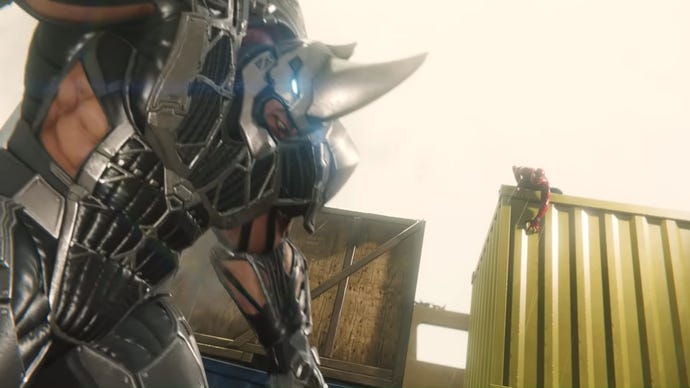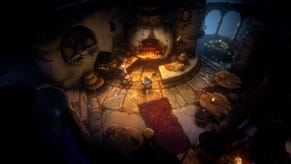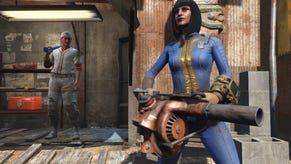What Rhino's mocap actor had to do in Spider-Man to sell his heft
Bringing human characters to life through motion capture is one thing, but something else entirely when you're dealing with characters that may not exist in real life.
Noshir Dalal is a master of motion capture in games. The actor is behind more characters than you'd think, even if he's more famously known for his voiced work, like Charles Smith in Red Dead Redemption 2, and the protagonist in Sekiro: Shadows Die Twice.
Anyone who played Insomniac's Spider-Man will remember the various moments that involved Rhino. In Spider-Man, this particular Rhino wears a suit that enhances his power, making him move and fight like a rhinoceros. Rhino's lines are performed by actor Chris Jai Alex, but his movements, body language and general demeanour is the work of Dalal alongside the game's animators.
First, the veteran actor needed to figure out how to portray a human who doesn't quite behave like one. Rhino's horn, for example, was a particular challenge.
"The horn that he has is, I pictured it like a Sidewinder missile," Dalal told us.
"So his movement would be almost like a 2000lb shark coming at you, or a sidewinder missile winding its way at you, which allows him to kind of shift his weight from side to side and keep his legs from clipping while still looking scary."
This is how Dalal helped make Rhino appear imposing and powerful.
"Discovering moments like that can create a movement that doesn’t make intuitive sense, like right off the top of your head, that can make a character look powerful."
Even when motion capture actors know a different actor will be voicing the character, they still need to read - and sometimes deliver - the lines to get into the role.
"When you take some of these iconic characters, especially in video games where, what do they say? ‘Ninety-percent of communication is body language,’ or whatever it is? That’s a massive part of the storytelling," Dalal explained.
"For example, if I’m doing a role where I’m doing the movement and action for it, and then the actor is doing the voice and they’ll capture his face as well for it. When I’m in there, I’m delivering a full performance. I’m saying the lines, even if I have to say them to myself, depending on if they’re recording audio or whatever. I’m going through every single emotion that that character has. Because if I don’t, my body will betray that I’m actually not there."
This is part of a big interview we have with Noshir Dalal and other professionals on why motion capture is a skill crucial in creating believable performances today, and how often the industry fails to recognise the work of these actors, giving all credit instead to voice actors.
All week, we'll be bringing you stories like these about that often mysterious side of storytelling in games.









